By futureTEKnow | Editorial Team
As humanity sets its sights on Mars and beyond, one challenge looms large: how do astronauts handle emergencies when Earth is out of reach? Communication blackouts during long-duration missions mean mission control can’t always step in. Enter Daphne-AT, a virtual assistant developed by Texas A&M University, designed to be the always-on problem-solver for astronauts venturing far from home.
Daphne-AT is not your average digital assistant. Think less “Siri, play my playlist,” and more “Daphne, why is the oxygen level dropping and what do I do about it?” The system continuously monitors real-time data from a spacecraft’s environmental and life support systems—tracking vital metrics like oxygen, carbon dioxide, and trace contaminants. When something drifts outside safe parameters, Daphne-AT immediately alerts the crew and provides clear, step-by-step guidance for troubleshooting.
Real-time anomaly detection: Daphne-AT uses a blend of logic-based and data-driven decision-making to spot anomalies as they happen.
Root cause analysis: The assistant hypothesizes what’s causing the issue by analyzing data streams from multiple onboard systems.
Actionable guidance: Instead of just flagging problems, Daphne-AT offers astronauts established operational procedures to resolve issues quickly and calmly—even under pressure.
Initial lab tests put Daphne-AT in a virtual reality simulation modeled after NASA’s Human Exploration Research Analog (HERA) facility. The results were promising: participants using Daphne-AT resolved spacecraft anomalies faster and reported less mental workload, regardless of their aerospace experience.
However, when tested with seasoned NASA engineers and pilots in the actual HERA habitat, the time savings were less dramatic—likely because these professionals already excel at handling emergencies. Still, the assistant proved it could keep pace with highly trained crews and maintain situational awareness.
The farther we travel from Earth, the more we need autonomous solutions. Mars missions will face communication delays of up to 40 minutes round-trip—or total blackouts. In these scenarios, astronauts must act independently. Daphne-AT’s ability to diagnose problems and guide responses could be the difference between a minor hiccup and a mission-ending crisis.
The technology behind Daphne-AT isn’t limited to space. Its developers see potential applications for emergency responders, firefighters, and other high-stakes professions where rapid, informed decisions are critical. As AI becomes more deeply embedded in mission-critical operations, tools like Daphne-AT could redefine how we approach safety and autonomy—not just in orbit, but here on Earth.
Daphne-AT represents a major leap for astronaut autonomy, blending real-time data analysis with expert guidance. As we prepare for the next era of deep space exploration, AI copilots like Daphne-AT will be essential partners—ensuring that when Houston can’t hear you, you’re not alone.
Founded in 2018, futureTEKnow is a global database dedicated to capturing the world’s most innovative companies utilizing emerging technologies across five key sectors: Artificial Intelligence (AI), immersive technologies (MR, AR, VR), blockchain, robotics, and the space industry. Initially launched as a social media platform to share technology news, futureTEKnow quickly evolved into a comprehensive resource hub, spotlighting the latest advancements and groundbreaking startups shaping the future of tech.

Bridgit Mendler’s Northwood Space is pioneering mass-produced ground stations, enabling scalable, high-speed connectivity for the new era of satellite networks and megaconstellations.
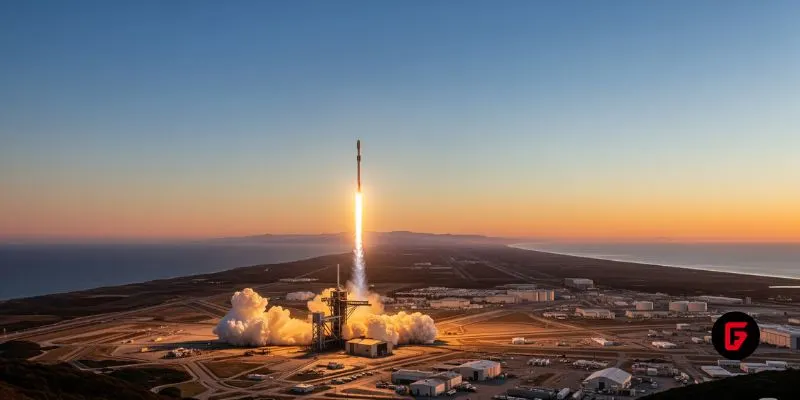
SpaceX aims to nearly double launches from Vandenberg in 2025, facing support from federal agencies but strong objections from the state and local communities.
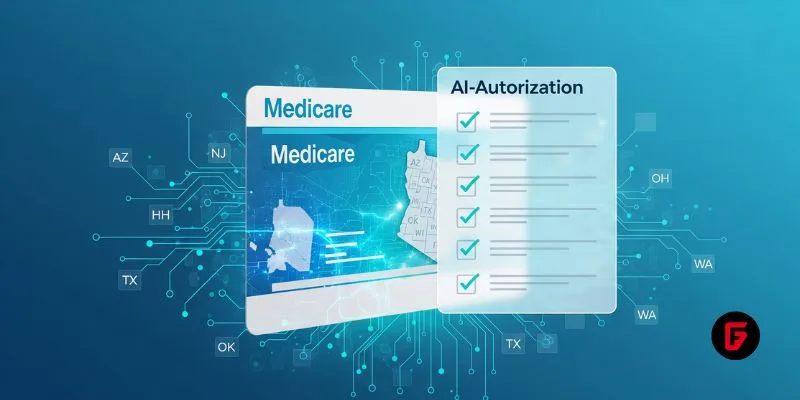
Traditional Medicare will pilot AI-assisted prior authorization in 2026 across six states, focusing on high-risk outpatient services. Clinicians retain final say, but incentives and access concerns loom as CMS tests fraud reduction and “gold card” exemptions. Here’s what providers and patients should know.
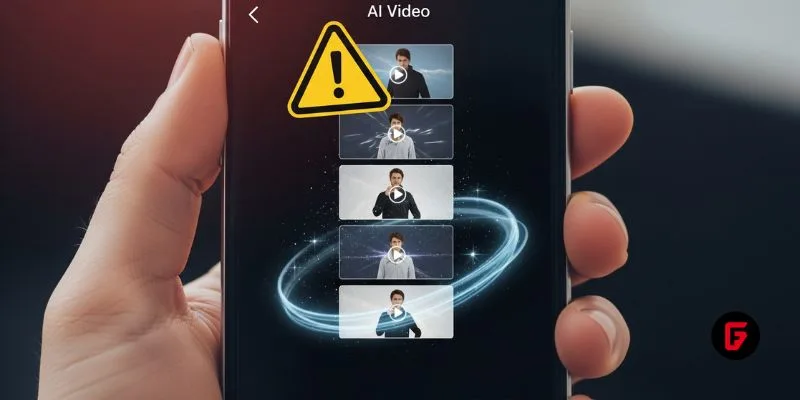
OpenArt’s new “one-click story” compresses scripting, visuals, and edits into ready-to-post short videos—fueling viral growth and a fresh IP debate. We break down how it works, adoption signals, what’s next (multi-character, mobile), and practical guardrails creators and brands should follow to stay original and compliant.

OpenAI’s o3 swept the Kaggle AI chess tournament, defeating xAI’s Grok 4–0. The victory fueled the intense rivalry between Altman and Musk, reshaping AI benchmarks.
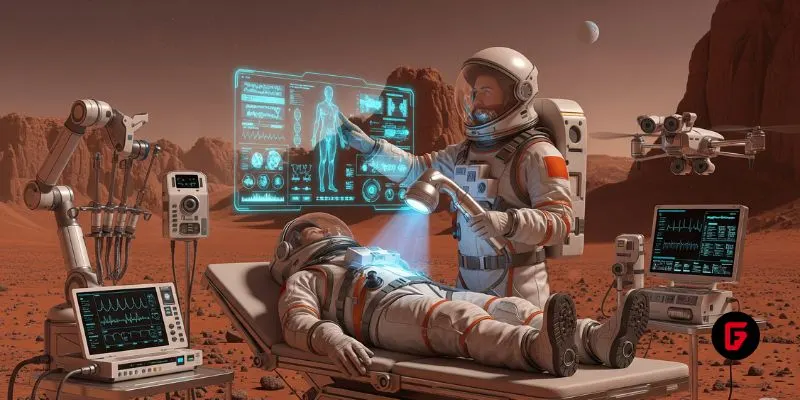
NASA and Google’s AI-powered Crew Medical Officer Digital Assistant enables autonomous diagnoses for astronauts on Mars missions, redefining remote healthcare for space and Earth.

Pinterest’s CEO confirms that fully agentic AI shopping is years away, as the platform invests in AI-powered tools to enhance discovery, inspiration, and personalized shopping experiences for millions.

Shopify’s new AI shopping tools are transforming e-commerce, letting agents and chatbots deliver smooth, personalized shopping and checkout experiences across platforms. Learn how these innovations reshape online retail.

Meta has acquired WaveForms AI, a startup pioneering emotion-detecting voice technology. Learn what this means for Meta’s AI voice ambitions and the future of AI audio.

Tracelight is revolutionizing financial modelling for finance professionals with AI-powered Excel tools that automate complex tasks, reduce errors, and unlock new analysis capabilities. Learn how this next-gen solution changes the future of spreadsheets.
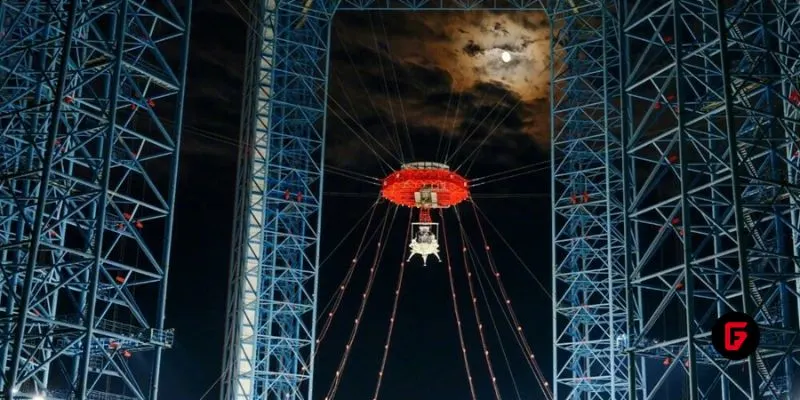
China’s Lanyue lander completed its first major test, showcasing advanced engineering for safe, crewed moon landings before 2030. Explore how this milestone shapes the space race.

Microsoft rolls out GPT-5 across its Copilot suite, integrating smarter AI for enterprise and personal users. Discover new features, free access, and what sets this launch apart.
To provide the best experiences, we use technologies like cookies to store and/or access device information. Consenting to these technologies will allow us to process data such as browsing behavior or unique IDs on this site. Thanks for visiting futureTEKnow.